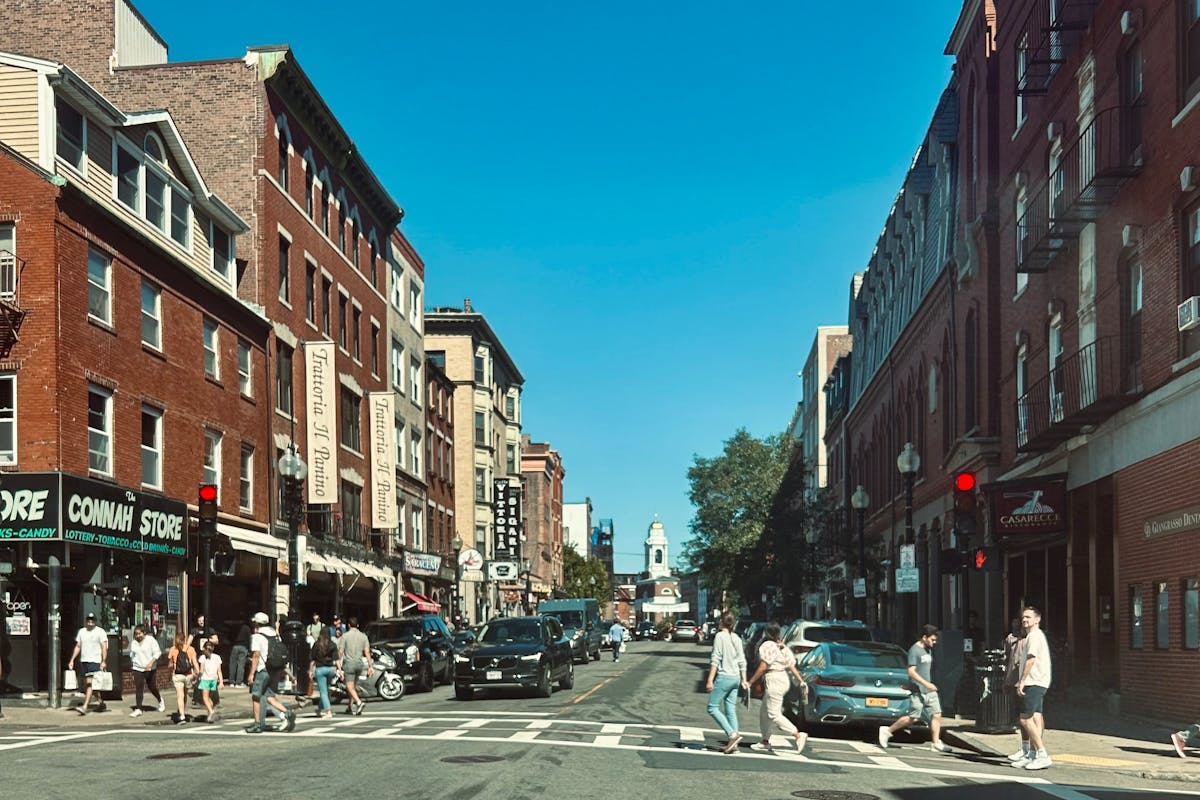
In the last month of 2020, the Federal Housing Finance Agency (FHFA) enforced the adverse market refinance fee to help recover expected losses emerging from COVID-19 and the previous economic downtrend. The fee involved 70 percent of American mortgages and contributed to the cost of a home loan refinance for most borrowers who wanted to refinance. Thankfully, it was temporary.
The Federal Housing Finance Agency (FHFA) notes that the fee enforced on lenders was initially tailored to conceal losses expected due to the COVID-19 pandemic. However, the FHFA declared that the success of government agencies like Fannie Mae and Freddie Mac in decreasing the impact of the pandemic was sufficient to warrant an early wrap-up of the Refinance Fee.
The FHFA foresees that lenders who passed on the cost of the fee to people will now eradicate any borrower charges based on the fee.
In this article, we will be discussing what the adverse market refinance fee is, when and why it was implemented, who was excluded from it, how much you can save without the fee, and if it has been scrapped. But before that, let’s briefly look at what refinancing is and its benefits.
What Is Refinancing?
Refinancing is a process that involves you replacing your existing mortgage with a new loan. For instance, the new loan may contain different terms moving from a 20 year to a 10-year term or a flexible rate to a fixed rate, but the most usual change is a decreased interest rate. The better refinancing features can vary depending on the lender’s kind of loan.
Benefits of Refinancing
By excluding the adverse market refinance fee and with lower rates, refinancing can be a good decision that can benefit you in the following ways:
- It can help to decrease your monthly payments.
- You can reduce the length of your mortgage.
- You can free-up cash from your home equity.
- You could reduce the term of your loan and pay it off earlier.
- You could annul private mortgage insurance premiums to avoid paying irrelevant fees.
The Adverse Market Refinance Fee, Explained

The adverse market refinances fee was a charge of 0.5 percent of the loan amount on most regular refinances backed by the Federal National Mortgage Association (FNMA) or Federal Home Loan Mortgage Corporation (FHLMC) above $125,000. However, the fee was only applicable to conforming loans sold to these refinance mortgage investors.
In addition to other exemptions, the fee didn’t apply to loans endorsed by government bodies such as the VA and FHA. Mortgages endorsed by these government bodies were bundled into a different bond. The initial purpose for the fee was to help conceal increased costs incurred by the FNMA and FHLMC due to the COVID-19 pandemic.
This fee was charged to lenders to help cover anticipated losses due to the COVID-19 pandemic and was often passed on to homeowners as an additional cost through the value of the loan or the interest rate. From the beginning, the fee was met with plenty of criticism from both the mortgage industry and consumer groups.
Lastly, the FHFA later announced the removal of the fee. The Refinance Fee was no longer charged on loans delivered to FNMA and FHLMC after August 1, 2021. The fee has already been taken out for newly refinanced loans. So borrowers are no longer required to pay it.
When and Why Was the Adverse Market Fee Implemented?
The adverse market refinance fee was implemented to recover losses from indulgence defaults anticipated during the pandemic. Government-sponsored enterprises (GSEs) such as the Federal National Mortgage Association (FNMA) and Federal Home Loan Mortgage Corporation (FHLMC) predicted losses related to the pandemic would surpass $6 billion.
The fee was initially set to begin on September 1, 2020. After facing enormous pressure from lawmakers, lenders, and other giants in the industry, the FHFA changed the enactment date to December 1, 2020. In a bid to foster negotiations, the FHFA exempted numerous loan types and exempted loans of less than a certain amount.
The refinance fee was restricted to those that conform to Fannie Mae and Freddie Mac standards. Most U.S. residents have a conforming mortgage, even if they don’t know it. Your home loan might have been sold to NMA or FHLMC after closing.
Most industry experts condemned the FHFA because the FNMA and FHLMC reported impressive earnings in 2021. FNMA recorded a 44 percent increase from the past year, and FHLMC had an even more amazing 107 percent increase in the previous year. Both companies cashed in on increasing home prices and a refinance craze from regularly falling mortgage rates.
Who Was Excluded From the Adverse Market Refinance Fee?
Although the refinance fee affected many borrowers, some individuals were excluded from the fee based on their loans and when they refinanced. The FHFA allowed the following exclusions from the refinancing fee:
- Direct/portfolio lenders
- USDA loans/USDA construction loan
- People with Jumbo loans
- Borrowers refinancing a loan that’s $125,000 or less
- People in underprivileged housing refinance market
- Homeowners refinancing a Federal housing agency (FHA) loan
So refinancing after December 1, 2020, whether it’s just to get a better rate or because you want to tap home equity with a pay-off refinance, might still be an everyday business if you’re excluded from the new fee. If you’re not sure about whether you’re excluded or not, ask for help.
Talking to an expert loan officer can help you properly understand the process to make a knowledgeable decision about whether to continue. If you’ve decided that a mortgage refinance is logical, remember to compare rates online to find the appropriate lender for your budget and needs.
How Much Can You Save Without the Adverse Market Refinance Fee?

Seeing the fee was based on a chunk of the loan amount, the savings can be significant, especially for bigger loans. For instance, on a $3,000,000 loan amount, you end up saving $15,000. This means that for every $1,000,000 on your loan, you save $5000 with the removal of this adverse market fee.
So, with the fee removed, you’ll be saving lots of money off closing costs. This is crucial because closing costs are a major factor in whether it makes sense for anyone to refinance.
Why Scrap the Adverse Market Refinance Fee?
The FHFA justified the Adverse Market Refinance Fee by claiming it was essential to prevent Fannie Mae and Freddie Mac from incurring losses due to the COVID-19 pandemic. They feared that recession and a high unemployment rate would badly transform most of their loans.
But that was not the case. By April 2021, only a very small amount of FNMA and FHLMC single-family mortgages were still in forbearance, according to the FHFA’s numbers. So it wasn’t a debate for the current administration to scrap the fee, which it had never liked.
Bottom Line
Now that you aren’t required to pay the adverse market refinance fee, it’s the best time to consider refinancing your mortgage. Before finalizing the process, be sure to determine your potential savings and research which type of refinance will suit you best.
You’ll also want to include any closing costs and fees to structure your profit point into your refinance budget. Seeking the assistance of a mortgage lender or financial advisor is an awesome place to start.
If you’re contemplating refinancing your home, now is the time to get ready. Sit down and take a close look at your budget and how the current equity in your home can enhance your living condition. If you’re still confused about how to go about the process, speak to a real estate broker at Ardor Homes Massachusetts to help you. Visit our website today to learn more and connect with a broker.

In her 25-year career, Steph Wilkinson has been involved in the acquisition, marketing and sales of over $3 Billion dollars of residential real estate. A number of years ago, Steph transitioned into Brokerage Leadership for National real estate brands and tech start-ups. She has served as a Business Strategist for real estate agents and brokerages alike and is also a real estate coach and trainer. In her new role with the Iconic Team, Steph will be responsible for the growth of the team and will be working with all of our agents to increase their productivity and bottom line.




